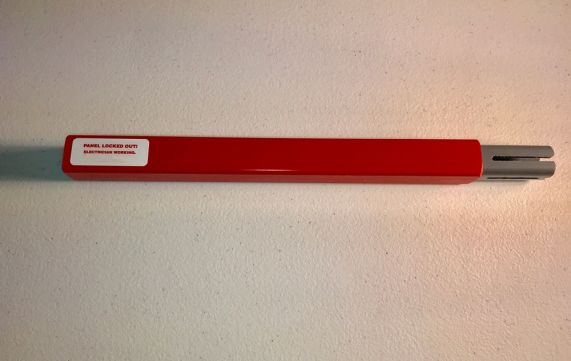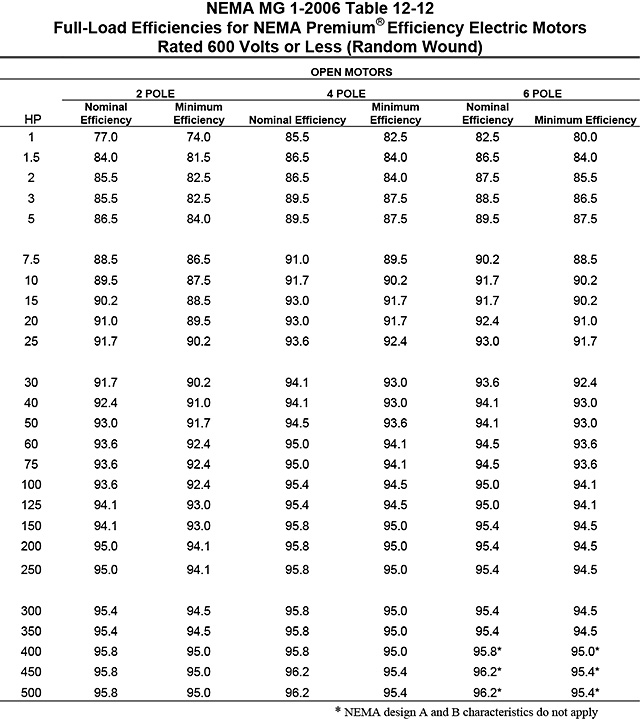Dave Belchamber
Plastic
- Joined
- Oct 21, 2021
Just received a 1981 1.5 hp Bridgeport and purchased a TECO Westinghouse L510-202-H1-U VFD to drive it. The VFD input will be single phase 220VAC and was sized to accommodate a 2hp 1.5kW three phase 220VAC motor (because the next smallest size was for a 1hp). I'm a newbie at all of this so please bear with me if I make any stupid comments. A simple 'you're wrong about ...' without being flamed will suffice. In any event, the VFD documentation suggests to me that it will draw 15.5 amps, which seems a lot compared to the 4.4 amp rating for the motor, even when taking the single phase versus three phase differences into account. So my first question is whether my understanding of the 15.5 amp draw is correct? Next, I'd like to utilize remote switches for a proper E-stop, Start and Forward/Stop/Reverse (likely repurposing the existing old but high quality motor switch). This suggests that use of a contactor would be appropriate. My investigation to-date suggests a 1.5-2 times safety factor to the power rating of the VFD would be appropriate for sizing the contactor. If that is true, then am I correct in saying the contactor should be capable of handling 220V * 15.5A = 3.4kW * safety factor of say 1.5 = 5.1kW? On this basis a 5.5kW contactor would suffice. I'm also thinking that it would be much safer to utilize 24VDC for the switches, contactor coil and cooling fans (in the power cabinet). Lastly, it would seem logical to have a main power switch that will kill the 120VAC supply to the 24VDC power supply, the X-axis drive and future accessories such as a DRO and work lighting. I'm still working on the details, but clearly there is a lot to think about. Any suggestions/instructions/advice and especially wiring diagrams from those that have gone before would be greatly appreciated.






